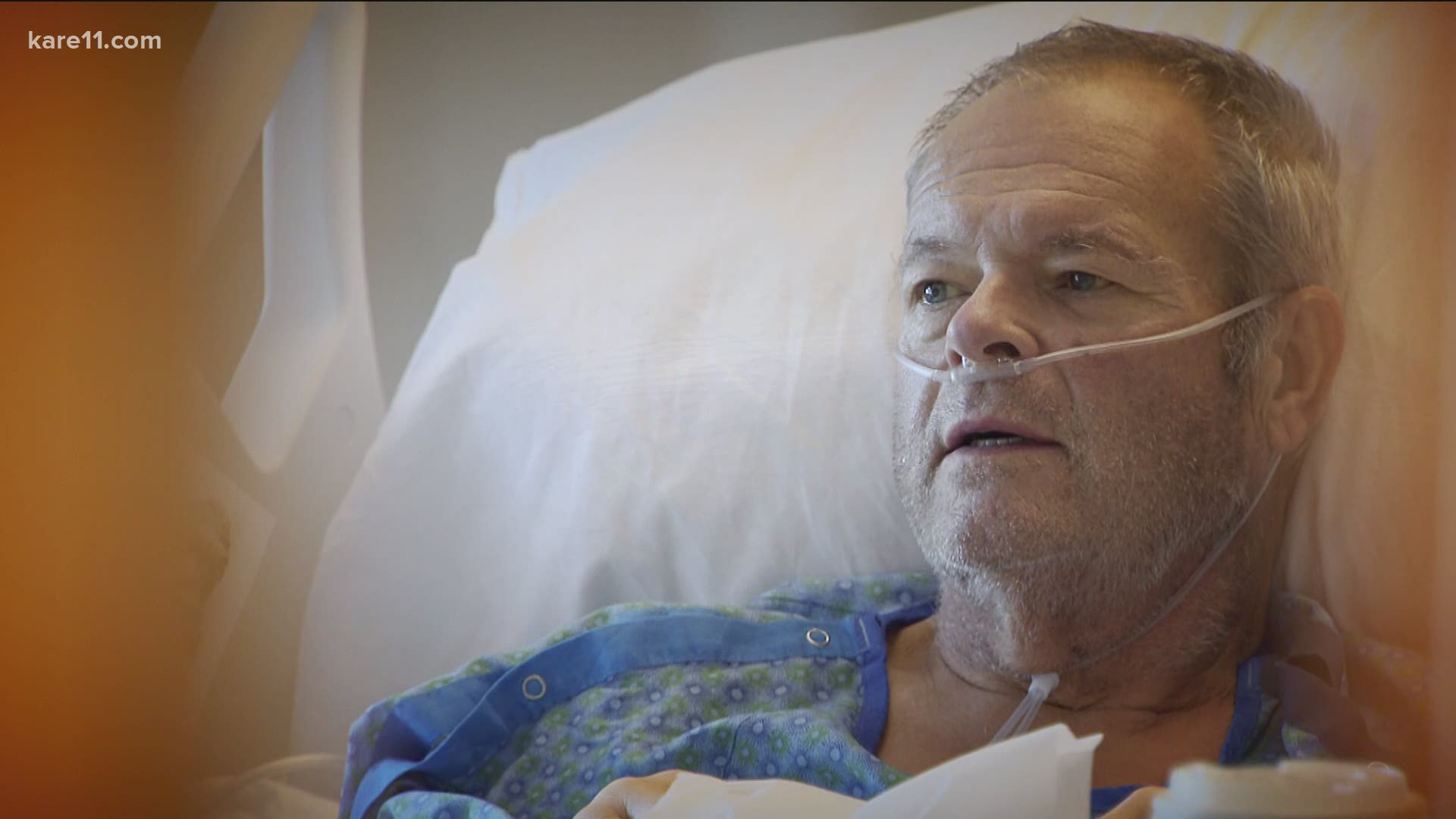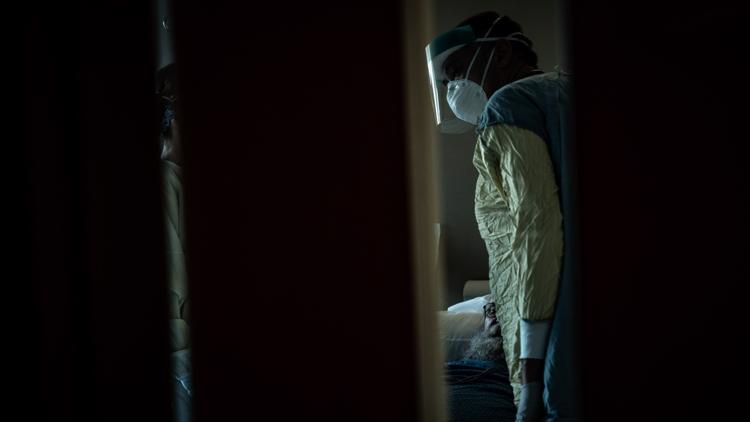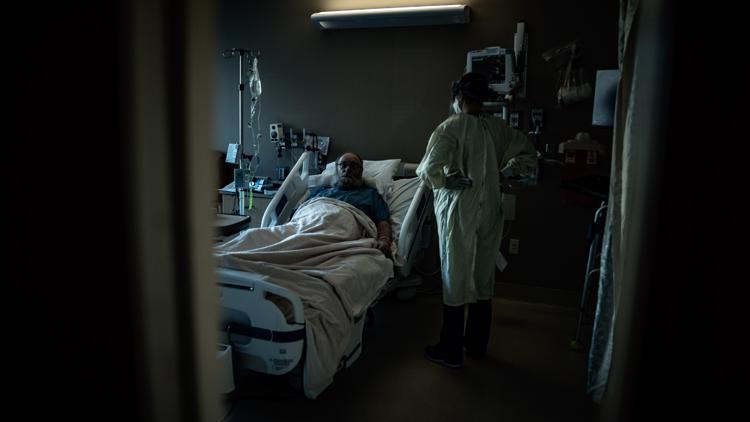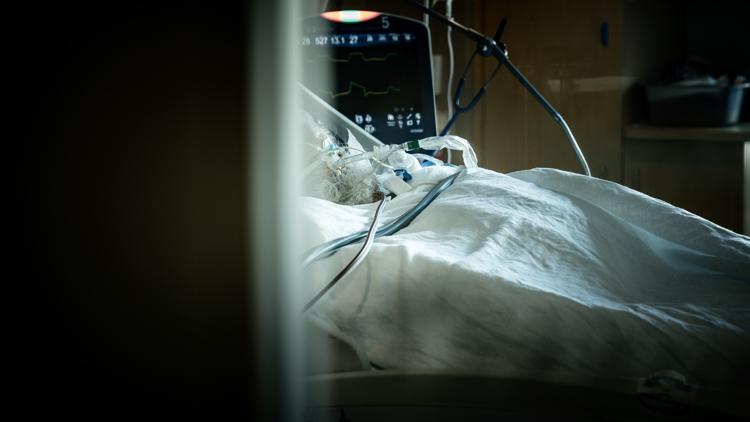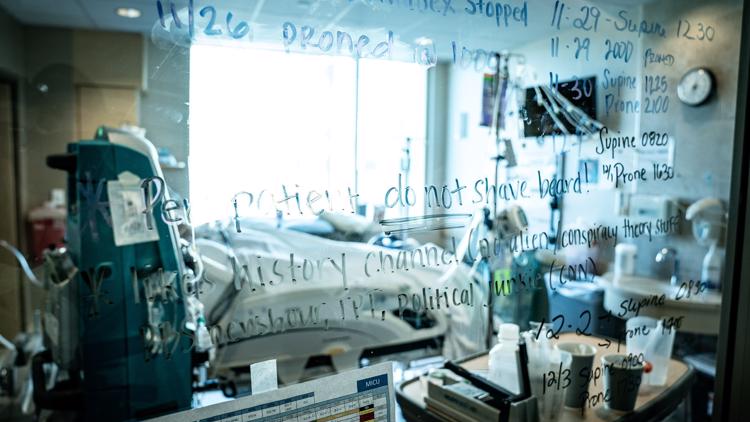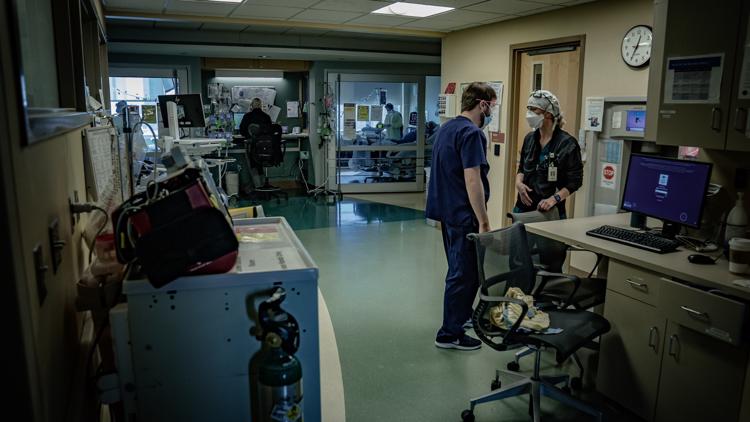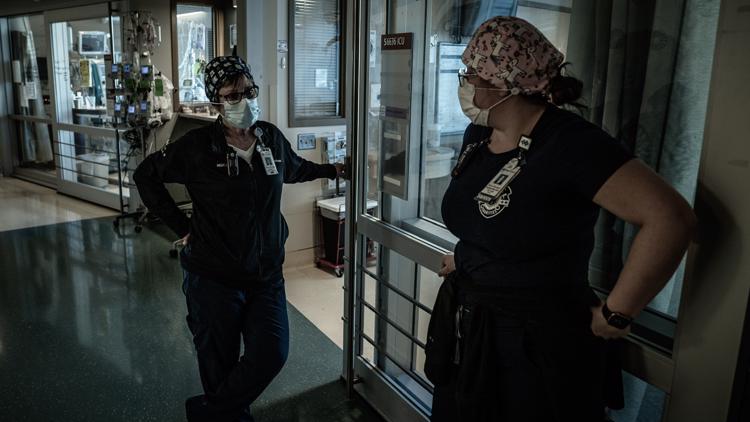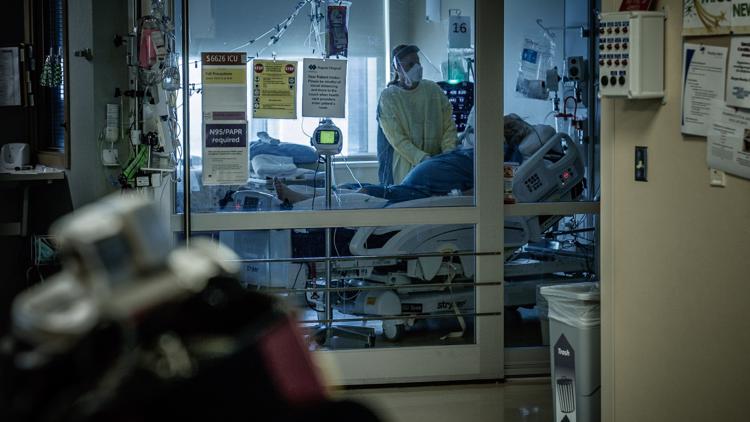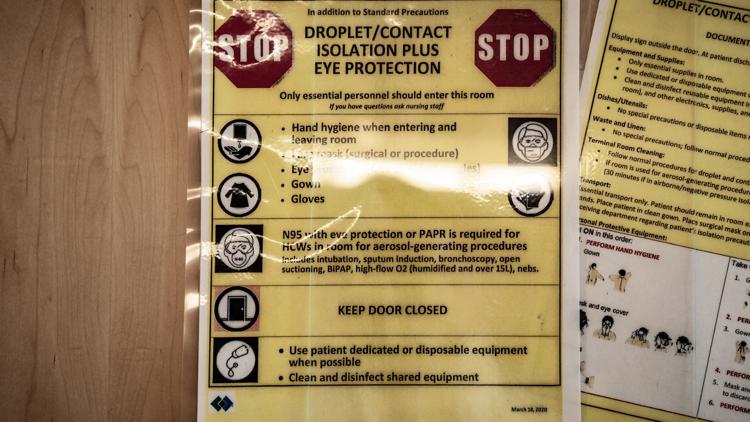ST PAUL, Minn. — This week, hospitals in Minnesota are bracing for a possible surge of patients who contracted COVID-19 while visiting family over Thanksgiving. That, as there are just 166 empty hospital beds in the Twin Cities.
Frontline medical workers want the public to see how the strained hospital system affects them, so that more people might take better precautions.
Regions Hospital in St. Paul, like every other Twin Cities hospital, is at a critical point.
“We are currently full,” said Kurt Isenberger, the Medical Director for Emergency Medicine.
The available hospital beds, as of Monday morning, are at just 8%.
“All of us, we're all getting tired,” said Nurse Sonja Roback.
Doctors and nurses who's been treating coronavirus patients since March have serious COVID-fatigue.
“For us, this has taken such a toll,” said Roback.
That feeling is exacerbated by the continued segment of the population that refuses to wear a mask or alter their lives to slow the spread.
“Continuing to carry this and feeling like the public or some people don't believe it in. Or some people don't take it as seriously,” Roback said.
The COVID Unit is filled with patients with severe symptoms, as well as those who are infected and needed hospitalization for other reasons.
“I got a blood infection, so that's how I got here,” said Kevin Roth, who sees first hand the strain on the hospital system.
“Probably a two-hour ambulance drive to get here,” Roth said.
“They're taking very good care of me,” said David Defenbaugh. “I have real shortness of breath.”
Gasping for air, Defenbaugh is a man of few, yet blunt words.
“Hospitals are great. COVID is no (expletive).”
When patients arrive at the Emergency Department, they are first screened, so non-COVID patients can be treated separately.
But the bed shortage, has an effect on them. Until a hospital bed opens up, non-COVID patients more frequently are having to wait in the hallway.
“We move a curtain around the patient so they still have some privacy to their overall care,” Isenberger said. “We're still able to provide care, and great care for them, but it is not the same.”
One of Isenberger’s biggest concerns goes back to the frontline workers.
“Because we've been doing this since march, the amount of energy people have left in the tank is getting lower,” he said.
Workers like Nurse Roback.
“That's what we're seeing in the hospital, is this race has gone on for far too long and we're not even close to seeing the finish line," Roback said. "What if it gets to a point where there is no one left to hold each other up? Because we're all so tired."
Workers who hope if people see the reality inside the hospitals, it will make them take the pandemic more seriously.
“We just continue to plead for the public to help us with that work,” Roback said.

